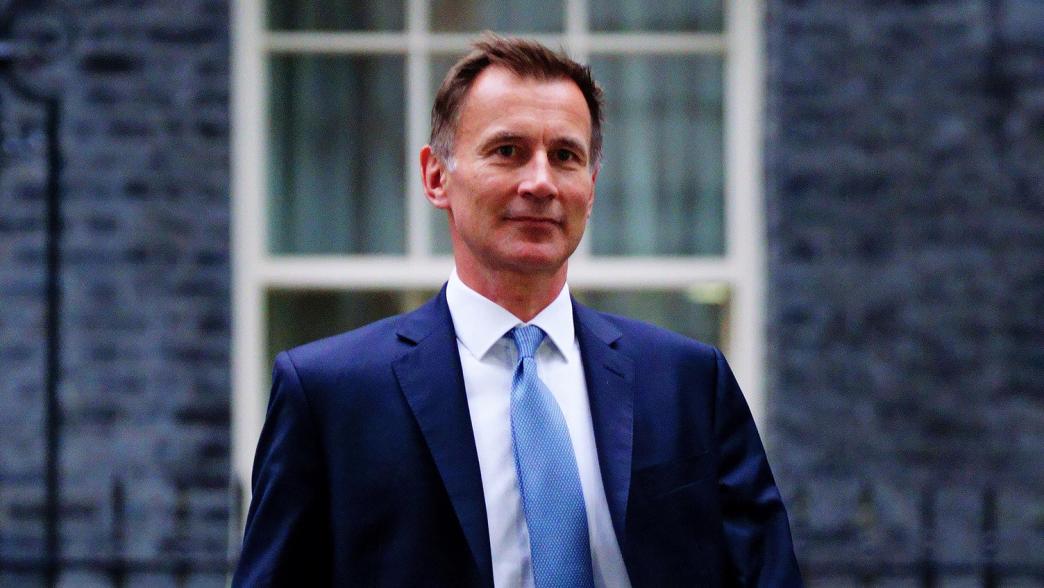Sunak and Hunt should not rush into spending cuts
If the government plans to fill some of the fiscal hole through cuts to departmental spending, it should understand there are no easy savings.

Both prime minister and chancellor have warned that they need to make difficult choices to restore fiscal credibility, but Thomas Pope warns against rushing into these decisions – especially on spending cuts
In his first speech since becoming prime minister, Rishi Sunak promised to prioritise economic stability but warned that this would mean “difficult decisions to come”.
6
Prime Minister's Office, 10 Downing Street and The Rt Hon Rishi Sunak MP, Rishi Sunak's first speech as Prime Minister: 25 October 2022, www.gov.uk/government/speeches/prime-minister-rishi-sunaks-statement-25-october-2022
Jeremy Hunt, his chancellor, has already been preparing policies to demonstrate fiscal sustainability with the hope of calming markets.
They are both right to recognise that the fiscal outlook has changed due to a combination of global factors and UK-specific problems as a result of the fall-out from the mini-budget. But while market jitters means there is a virtue to making decisions quickly, rushing the process is not the way to deliver good policy. And despite delaying the fiscal event to November 17, they have still left themselves only three weeks to pull together a big package of fiscal consolidation. If, as seems increasingly likely, the government plans to fill at least some of the fiscal hole through cuts to departmental spending, it should understand that there are no easy savings this time.
Meeting fiscal rules will require tax rises or spending cuts
When Rishi Sunak, as chancellor, delivered the Spring Statement in March, the government had around £30 billion of headroom against his fiscal rules, and debt was on course to fall steadily as a share of national income. The fiscal situation as he returns to government is very different. Higher energy prices have pushed up inflation and, because the UK imports energy, made the country as a whole poorer, pushing down expected economic growth over the next few years. Interest rates are expected to rise to tackle that inflation, and government borrowing costs have risen even further in part due to markets’ negative reaction to Truss’s mini-budget.
This is all bad news for the government’s finances, and media reports suggest a large ‘fiscal hole’ that the government is trying to fill of around £30 billion to £50 billion. 8 Giles C and Parker G, Sunak explores tax rises and spending cuts of up to £50bn, Financial Times, 27 October 2022, https://www.ft.com/content/16f72263-fbc8-4309-ad4a-05cd745a5902 [2] It is unclear exactly what year and what measure of borrowing or debt these reported numbers refer to, and lower market expectations of interest rates since Rishi Sunak has become prime minister will make that hole smaller, but it is still likely that the government will be looking for at least £20 billion and possibly much more of fiscal consolidation over the next few years.
There are several ways Sunak and Hunt could choose to fill that gap. When chancellor, Sunak talked of his desire to lower taxes but chose in practice to increase taxes to provide more money for public services. Previous Institute for Government research has highlighted ways the structure of the tax system could be improved while raising revenue, which would address concerns that higher taxes might damage growth. However, it seems likely the government plans to find at least some, and possibly most, of the money by cutting departments’ budgets.
Cutting departmental spending will be much harder now than it was in the 2010s
The coalition government did cut departmental budget substantially, with day-to-day departmental spending falling by over 2% per year in real terms between 2010 and 2015 and even bigger cuts in unprotected departments. But, as a new Institute for Government paper highlights, cutting spending now will be very different to then. Even in 2010, after 10 years of generous spending increases, there were few genuine “efficiency savings” found. Most public services had deteriorated between 2010 and the eve of the pandemic and are performing even worse now, so it is safe to assume that any easy efficiencies were found long ago.
Many of the options the coalition used to save money – especially holding down pay and cutting staff numbers – will be much harder now given public services already have recruitment and retention problems and need more staff to maintain standards. Cutting spending will mean making hard choices about providing less, or providing some services less well.
Any spending cuts should align with the government’s priorities
Cutting public spending, rather than increasing taxes, is a legitimate political choice. But it is unlikely to be done well if decisions are made in haste. As spending cuts are likely to affect service quality, the government should be deliberate and intentional over where those cuts fall. The prime minister should recognise that spending settlements will affect what his government can achieve, and ensure that budgets match his government’s broader political priorities.
Giving all departments a ‘haircut’ and asking each to find 5-10% to trim from existing plans is the quickest way to find savings, but it is unlikely to be the best way to ensure the government is deploying its resources to meet its priorities. The government has given itself a few more weeks before announcing its plans in the Autumn Statement, but that is still not long enough to make firm decisions on where any spending cuts should fall. It should take the time needed to conduct a full spending review to identify where any cuts might come from.
Rushed decision making played a big part in the mini-budget debacle. Sunak and Hunt must ensure they do not repeat that mistake and take the time needed to develop coherent and credible plans.
- Supporting document
- austerity-public-services.pdf (PDF, 417.58 KB)
- Position
- Chancellor of the exchequer
- Administration
- Sunak government
- Department
- HM Treasury
- Public figures
- Rishi Sunak Jeremy Hunt
- Publisher
- Institute for Government